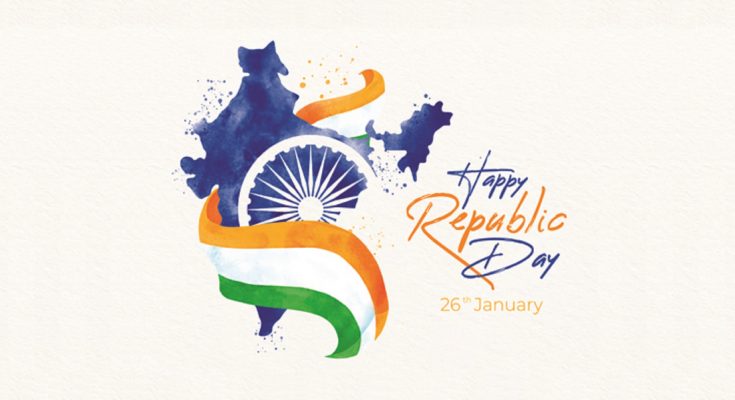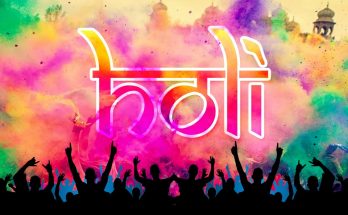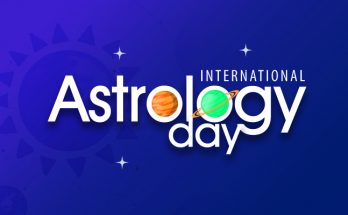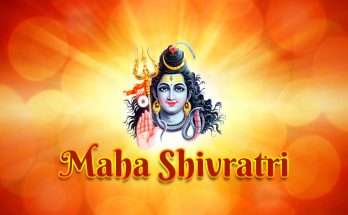REPUBLIC DAY 2020
When we say Independence Day, the young and old, knows what it means. When we hear Republic Day, mostly we just associate it with something national that needs to be celebrated. Sometimes the two days are misunderstood and used interchangeably. Do we really know what it means or stands for? While India’s Independence Day celebrates its freedom from British Rule, Republic Day celebrates its constitution coming into force.
What is the Constitution all about?
What does all this mean? What is so special about the Constitution? India gained her independence on 15 August 1947 as a constitutional monarchy with George VI as head of state and the Earl Mountbatten as governor-general. The country did not have a permanent constitution because its laws were based on the modified colonial Government of India Act 1935. A Drafting Committee was then appointed to draft a permanent constitution on 28 August 1947, with Dr. B R Ambedkar as chairman. A draft constitution was prepared and submitted to the Assembly on 4 November 1947. The Assembly met, in sessions open to public, for 166 days, over a span of 2 years, 11 months and 18 days before adopting the Constitution. After many deliberations and some modifications, two hand-written copies of the document (one each in Hindi and English) were signed by the 308 members of the Assembly on 24 January 1950. Two days later, it came into effect throughout the nation. It was on this day in 1950 that India declared herself a Sovereign, Democratic and Republic state with the adoption of the Constitution, despite gaining her independence on August 15,1947. Dr. Rajendra Prasad had taken the oath as the first President of India at the Durbar Hall in the Government House which was followed by the Presidential drive along a five-mile route to Irwin Stadium when the Indian National Flag was unfurled under the salute of 21 guns. This heralded the historic birth of the Indian Republic.Thereafter, 26th January was to be a national holiday and was recognized as the Republic Day of India.
It is this Constitution that gives every citizen of India the fundamental right to equality, freedom, religion, culture, education, etc. It gave the citizens of India the power and authority to make their own government. This Constitution came into force replacing the Government of India Act (1935) as the governing document of India. The date 26 January was selected because it was on this day in 1930 that Declaration of Indian Independence (Purna Swaraj) was proclaimed by the Indian National Congress. It is one of the three national holidays other than Independence Day and Gandhi Jayanthi.
What happens on the Republic Day?
Since 1950, for the Republic Day celebrations in New Delhi, India has been hosting head of state or government of another country as the state guest of honor. During 1950-1954, Republic Day celebrations were organized at different venues (like Irwin Stadium, Kingsway, Red Fort and Ramlila Grounds). It was from 1955 that the parade in its present form was organized at Rajpath. The guest country is chosen after a deliberation of strategic, economic and political interests. During the 1950s-1970s, several NAM and Eastern Bloc countries were hosted by India. In the post-Cold War era, India has also invited several Western leaders on a state visit during the Republic Day. It is to be duly noted that leaders from China and Pakistan were invited as state guests for the Republic Day celebrations. Countries that have been invited multiple times include India’s neighbors (Bhutan, and Sri Lanka), defense allies (Russia/USSR, France, and Britain), trade partners (Brazil) and NAM allies (Nigeria and erstwhile Yugoslavia). The distinction of being the guest of honour for the maximum (four) number of times goes to Bhutan and France, followed closely by three visits each from Mauritius and USSR/Russia.
This year on 26 Jan 2020, we celebrate the 71st Republic Day in all grandeur. Republic Day parade is held at New Delhi, from the Raisina Hill near the Rashtrapati Bhavan (the President’s residence), along the Rajpath, past India Gate. Preceding the commencement, a floral wreath is laid by the Prime Minister at the Amar Jawan Jyoti, a memorial to martyred soldiers at India Gate at one end of Rajpath, followed by two minutes of silence in their memory. It marks a solemn reminder of the martyrs who died for the country. Thereafter the Prime Minister reaches the main dais at Rajpath to join other dignitaries; subsequently, the President arrives along with the chief guest of the occasion. They are escorted on horseback. The Chief Guest of the function is the President of India who arrives escorted by the (PBG), a cavalry unit draped in fine red coats, golden sashes, and resplendent turbans. When the President arrives, the PBG commander asks the unit to give the National Salute, which is followed by the playing of the Indian National Anthem, Jana Gana Mana, by the Army. The Army adds to the ceremony of display by the massed bands in which Military Bands, Pipe and Drum Bands, Buglers and Trumpeters from various Army Regiments besides bands from the Navy and Air Force take part. They play popular tunes like Abide With Me and usually end with Mahatma Gandhi’s favourite hymn Saare Jahan Se Achcha. Attended by world leaders and broadcast across the nation’s dimension of 1.3 billion, the Republic Day parade in New Delhi showcases India’s military might. It is the premier state event of the year.
The Beating Retreat ceremony is held after officially denoting the end of Republic Day festivities, which is conducted on the evening of 29 January, the third day after the Republic Day. It is performed by the bands of the three wings of the military, the Indian Army, Indian Navy and Indian Air Force. The venue is Raisina Hills and an adjacent square, Vijay Chowk, flanked by the North and South block of the Rashtrapati Bhavan (President’s Palace) towards the end of Rajpath.
So let us get together and celebrate this day, understanding its true meaning and worth. Let us stand united as a family and soar high spreading wings of ethics and values that make us proud to be called INDIAN.
Previous: Independence Day









